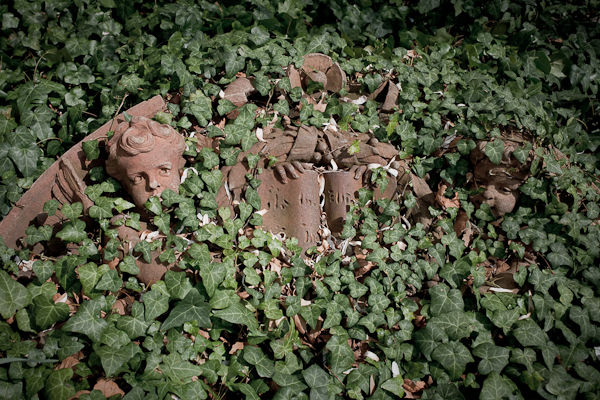Stop Reading This and Back-up Your Photographs.

Stop and back-up. Please. Right now, ask yourself: when was the last time I made a back-up of my photographs?
Every term, unfortunately, somebody loses a hard drive. This term it's happened twice. No matter how many times I make a scene, wave my arms, jump up and down, beg and plead, yell like a crazy person, nobody takes me seriously until it happens. And then it's too late, at least for somebody.
What do I have to do to make you take this seriously? Your hard drive is going to fail. Guaranteed. Hard drives fail. That's what they do. Hard drives do not keep working. They stop working.
My friend Tony thinks we should make movies of when it happens: the disbelief, the shock, the tears...and post them on Youtube. All those pictures of birthday parties, kids growing up, parents, friends, neighbors....all gone. Maybe it would help. I don't know.
I work with between 30 and 60 students each term, and the average lately has been one hard drive failure per term. The reasons vary but the devastation is the same. As you know if you've worked with me, my rule of thumb is three copies of anything that's important, in separate locations.
At the start of each term we talk about archiving, copying, multiple hard drives, and about not keeping photographs on the internal start-up drive. I feel like I talk about this too much, like a broken record. But as it turns out, this aspect of the process is the least figured-out of all, and the most difficult to teach.
Learning photography in the digital age is much the same as learning photography in earlier ages: the critical skills of seeing and thinking with cameras and lenses, the framing, lighting, exposing, the juggling of technology, logistics, environment and subjects, and then following through with the picture-making itself — all that is the same, pretty much.
But the organization and back-end technical know-how is different, especially in terms of what happens after the shoot. That's where computer skills become essential, and that's where the system breaks down. The only way around this pit fall is to dive into the process and start learning as much as you can about your computer system.
But before you do anything else, back-up your photographs on a second drive and put it someplace safe. It doesn't have to be overly difficult. At it's simplest, just buy another hard drive and copy your photos to it. Done.
For more on generic back-up procedures:
Bits from Bill
Tech Soup: Backing up your data
Digital Trends Reviews (10 Best Ways to Backup Data)
Here are some further resources on computers (specifically Macs) that might help you get up to speed:
Tekserve (Apple service and sales, and seminars, ideas, helpful in person too)
ScreenCasts (a subscription service with lots of online tutorials about Mac use)
MacFixIt (trouble shooting for Mac)
TUAW (Unofficial Apple weblog)
Thanks to Antonio Rosario for these Mac sites. If anyone has further suggestions on sources please send them along.
Comments